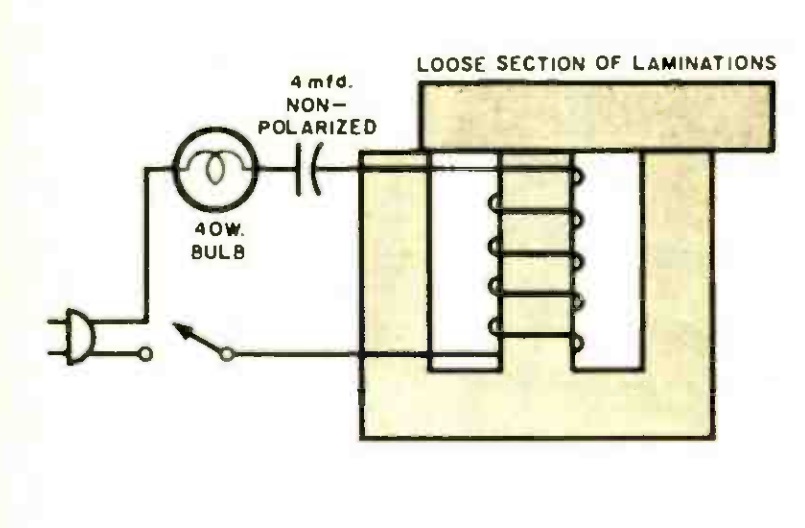 If Junior is looking for a science fair project, the teacher probably wants the students to create an experiment to answer some question. Often, the student is required to submit the question for approval. If the teacher deems the question to be appropriate, then the students are allowed to proceed with the experiment.
If Junior is looking for a science fair project, the teacher probably wants the students to create an experiment to answer some question. Often, the student is required to submit the question for approval. If the teacher deems the question to be appropriate, then the students are allowed to proceed with the experiment.
Occasionally, teachers have been known to be nitpicky with this process, rejecting questions based upon their personal perception of scientific merit. Therefore, there might be some advantage to proposing a question that the teacher doesn’t understand. Then, they can’t reject the question without revealing their own scientific ignorance.
We can guarantee that Junior’s teacher has never heard of ferroresonance. Therefore, if Junior proposes a project involving ferroresonance, then the teacher is bound to accept. Junior’s question could be something along the lines of: “Can non-linear inductance be used to make a ferroresonant relaxation oscillator?” It turns out that the answer is yes, according to the January 1961 issue of Popular Electronics, and it can be proven by the experiment shown here.

M. Boucherot. Image courtesy of École supérieure de physique et de chimie industrielles de la Ville de Paris.
Ferroresonance was first described in 1907 by French electrical engineer Joseph Bethenod, and named by French engineer Paul Boucherot.
A circuit is resonant when the capacitive reactance and inductive reactance are equal. And normally, the reactance is dependent upon the frequency alone. But other factors, such as magnetic flux of the inductor, can cause non-linear effects at the time when the circuit is initially switched on.
The heart of this experiment is an old choke of more than 1 Henry, capable of handling at least 50 mA. I’m guessing that one could use an old power transformer. Remove the frame to reveal the “E” shaped core inside. From another old transformer, obtain a section of laminations, which will be laid on the top.
According to the magazine, “the point of adjustment is quite critical and requires a bit of patience.” The loose section starts completely on top of the “E”. With the switch on, the bulb should not light. That section is slowly moved, about 1/32 of an inch at a time, with the switch turned off after each move. At the critical point, the bulb will flash on and off at intervals of about 1 second.
Junior will thus have demonstrated that by varying the magnetic flux, he has introduced a non-linearity which causes the circuit to flash.
It should be noted that this experiment involves 120 volt electrical current, so proper precautions should be taken.
